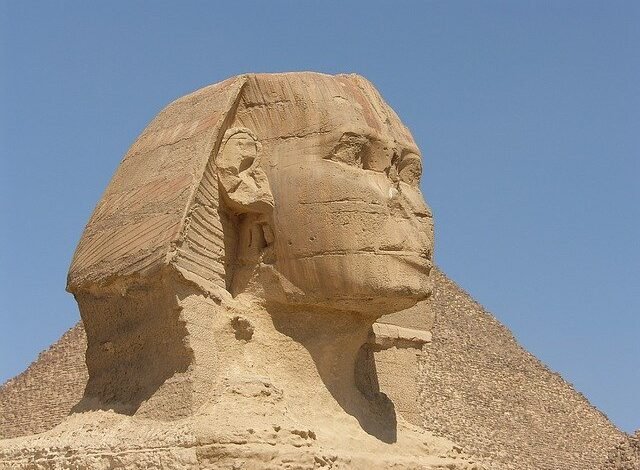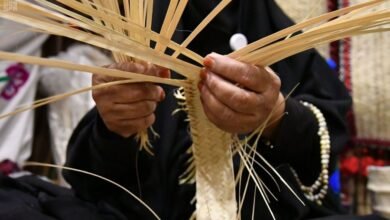Egypt’s antiquities in the wrong hands

The auctioneers Christie’s and Sotheby’s are famous institutions where antiquities are auctioned almost every month. We see the sales of stelae, statues, ushabtis, pottery and furniture there, but little is done to stop them. We also see museums buying stolen Egyptian artefacts without consulting the Ministry of Antiquities in Cairo. If we review a few examples of the auction sales, the last notable one was for the head of a statue of the ancient Egyptian Pharaoh Tutankhamun.
The auction house in question did not want to present the Ministry of Antiquities with any documents to show that the head had left Egypt legally, and at the same time the UK authorities did not want to see evidence that the statue had come to the country in an illegal way. Eventually, the statue was sold to an anonymous buyer. The auctioneers did not want to reveal the name of the person who had paid $6 million to buy the head. We expect that this statue will not now go to a museum but will be shown in the house of a rich person. There are many similar examples of artefacts that are tucked away in the houses of wealthy individuals.
In my opinion, the major problem here is with the museums. We in Egypt have written letters in the past to museums all over the world requesting them not to buy stolen Egyptian artefacts and warning that if they buy such a statue or coffin we will break off cooperation with them. If someone wants to excavate in Egypt, they can’t be involved in dealing in antiquities. If any evidence is found linking a person (Egyptian or foreigner) to the trade in antiquities, then all ties must be broken. He or she has no place among us.
However, for all those who are upset to hear about this issue and want to help, it is also important that they understand the history of the antiquities market.
There have been many examples of museums that have bought stolen artefacts over past years. It happened when I was the head of the Giza Plateau and the late Ahmed Kadri was head of antiquities, for example. We received information that the Museum of Fine Arts in Boston had bought some reliefs stolen from the Old Kingdom tombs at Deir Al-Gebrawi.
I travelled with the late Gamal Mokhtar to the opening of the Ramses II exhibition at the Museum of Science in Boston in 1988. We had lunch with the director of the Museum of Fine Arts and asked for the return of the reliefs. The director agreed, and the reliefs went back to Egypt. When we examined the accompanying paperwork, we discovered that the person who had sold the reliefs to the museum had forged the signatures of the Cairo Museum authorities, because before 1983 one could take antiquities outside the country, but before transporting them one needed to obtain permission with a stamp from the Cairo Museum verifying that they had left Egypt legally.
The late William Kelly Simpson, a great Egyptologist and the curator of Egyptian art at the museum, told me that they had bought the Deir Al-Gebrawi reliefs rather than let them be bought by a rich man who would hide them in his home. But in my opinion if museums are open to buying stolen artefacts, this will increase the theft of antiquities.
The second example is the Saint Louis Art Museum in the US that bought the funerary mask of a 19th-Dynasty noblewoman Kanefernefer. The museum claimed that it had written to the Cairo Museum, but it had still bought the mask despite the fact that it was registered at the Cairo Museum as an object in the collection. We had many disputes with the Saint Louis Museum, and I still cannot believe it can have this mask knowing very well that it was stolen.
What do they tell children visiting the museum? This is a very unethical practice, and I will not stop talking about the scandal that it has created. The Homeland Security Department in the United States tried to help us on this matter, but without success. The authorities at this museum are very stubborn and do not want to return the mask.
This mummy mask of Kanefernefer has an extraordinary presence, with its combination of glass inlaid eyes, a gilded face with a shimmering, almost lifelike translucence, and a realistic wig. The craftsman who fashioned the wig out of thick resin carefully cut and modelled the plaits of hair in the latest style. The red gold colouring of the skin is the result of oxidation on the metal surface, which may be purposeful or merely the product of the sulphurous fumes given off by the resinous wig. The band around the mask’s head and its eyes are inlaid with glass.
All this is written on the official label about the mask. I have told the Saint Louis Museum authorities that they should return the mask to Egypt. If not, I will continue to publicise this case.




